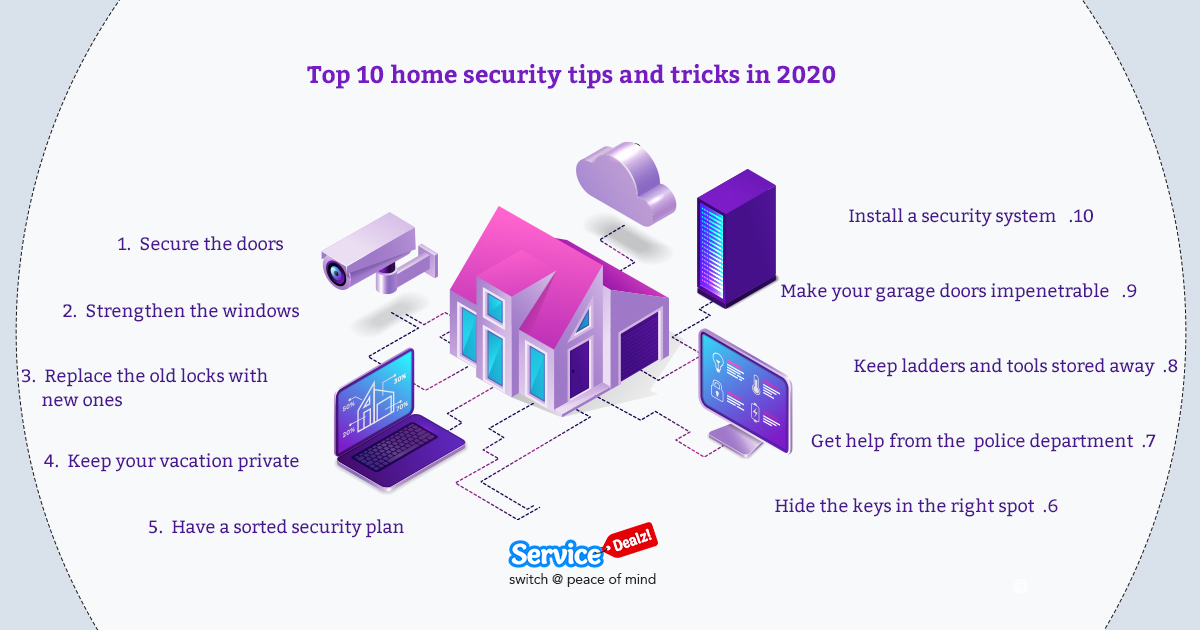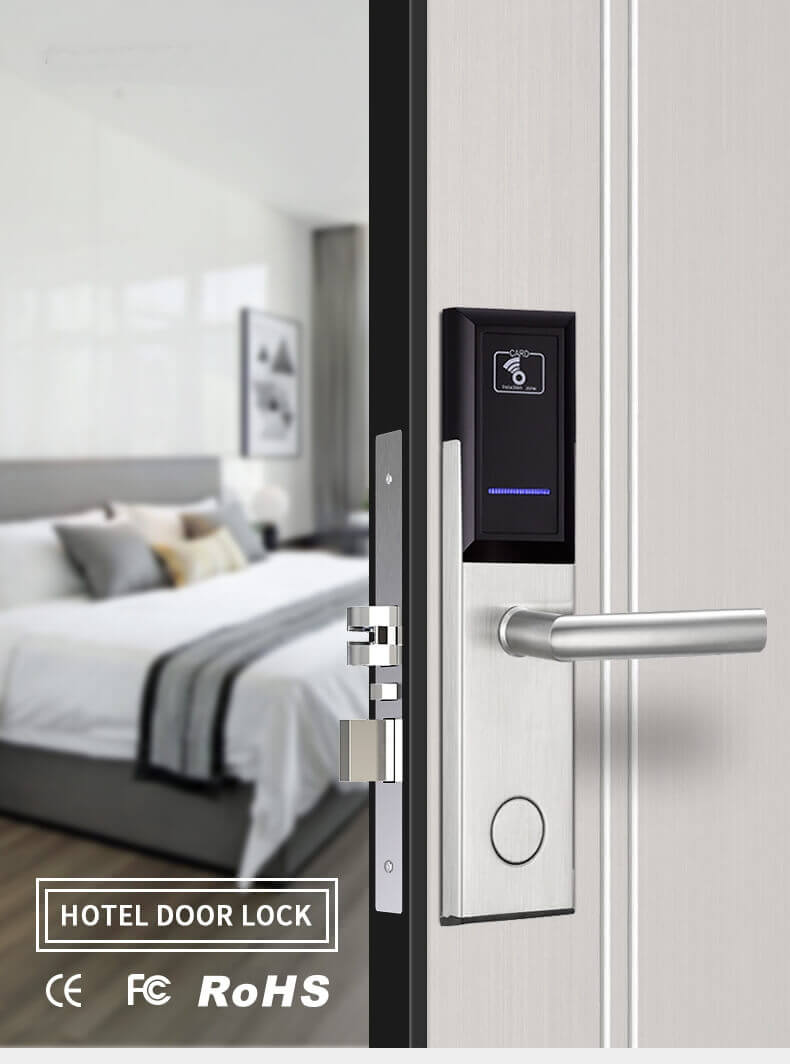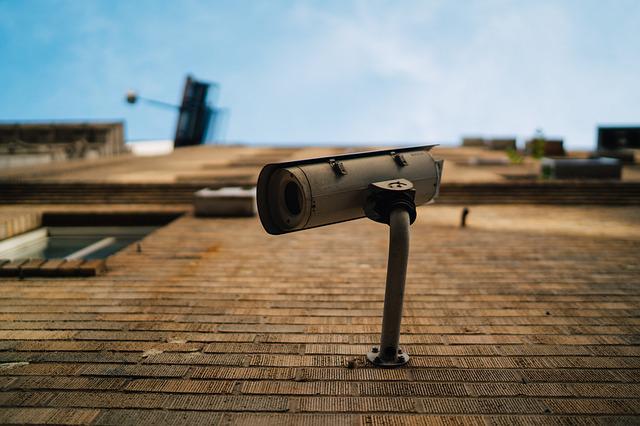
Cove has the effectiveness of a traditional security solution at a fraction price. It features 100% cellular communication as well as a 24 hour battery backup and smash and grabbe protection. You will receive emergency notification via InstaText if the system detects that something is amiss. Depending on your plan you may be able use voice commands or Alexa for control.
Cove's hub is the only way to control the system
The Cove Base Station serves as the central control station for the Cove systems. A touch screen panel allows you to control the system via the Cove Base Station. It includes controls to arm or disarm the system, adjust volume, view personal settings, add sensors, and more. It also includes a backup battery that can power the system up to 24 hours.
The Cove works with Google Assistant or Amazon Alexa. Although it allows you to arm or disarm the system with voice commands, its functionality is not as extensive as other smart home products. It is a viable option for homeowners looking to maintain basic security but want to be able to integrate smart home functionality.
Plans include Alexa and Google Home voice control
The Cove security system offers voice control integration with Alexa and Google Home voice assistants. The system can also be controlled via Alexa or Google Home from anywhere. You can also set up a hostage code that will notify the monitoring center in the event of an intruder trying to disable the system. Both systems work with Amazon Echo products and can integrate with Google Assistant, Alexa and Google Assistant.

Cove security systems come in both pre-configured kits and built-yourself options. A basic Cove system starts with a 7-inch touch-screen panel base unit. The device is $184. The Cove security system was designed to be simple to set up and use.
InstaText is used to notify emergency contacts
Cove security system sends text messages to your emergency contacts in case of an emergency. This lets them respond to the emergency and dismiss the alarm, if applicable. The system also allows you to provide a password so emergency responders can reach you directly. If you do not want to set up a password, the Cove system allows you to easily add emergency contact information.
Cove's security system for emergency response is UL-listed, TMA Five Diamond Certified, and has two hot-redundant locations. Cove's security alarm system offers two-way communication. In the event that the security system fails to reach the customer, the Cove staff will text the customer back to inquire if they can help. Within 30 seconds of your response, Cove team members will send emergency help to you home.
Cost
Cove, a home security system, offers the same level of effectiveness as a traditional system but at a fraction price. It features 100% cellular communications, a backup battery and smash-and–grab protection. Cove will alert the monitoring team if anyone attempts to enter your home or steal valuables.
Cove's basic protection system is free, but you must pay for monitoring for the first 36 months. There are additional options for additional monitoring, but you'll have to pay for them upfront. It is recommended that you start with a basic Cove system. The basic setup includes door and motion sensors as well an indoor camera. You can upgrade to more advanced security equipment as you need it.

Customer service
Cove Security offers an exclusive 60-day risk-free trial of their home security systems. For a full refund, you can return the security system within the 60-day period. The company will also pay for shipping costs. This is more generous than most security providers, who often only offer a 30-day money-back guarantee.
Cove's customer service staff can be reached 24/7 by phone or email. You can chat with customer service representatives on the internet between 10:00 a.m. Eastern Standard Time (EST) and 6:00 p.m. Eastern Standard Time. The company offers online tutorials that will help you install your Cove security systems.
FAQ
Are there any real reasons to have a home alarm system?
You should have a home security system if you own a property. An intruder could enter your home at any moment without warning. They can steal anything, including valuable jewelry and expensive electronics. You can leave your doors unlocked and they'll take everything.
A home security system helps protect your home by alerting you whenever something happens. This includes motion detection, sending alerts via your mobile device, recording activity and allowing you access to the footage.
You can use a DIY camera to replace a costly home security system. These devices allow you to see who's at your front door, and will send you notifications when they enter. But they won't help you stop intruders from breaking into your home.
Which wireless security system is the best?
D-Link Wireless Security System, which I highly recommend, is the best wireless security solution. It is one of the most affordable systems available. All the features you want in one package. It includes a camera with motion sensor and a remote controller. It is easy to connect it and follow the instructions.
What is the difference in surveillance and security cameras?
Security cameras are used to protect, while surveillance cameras are used to monitor.
Both types of cameras have their advantages and disadvantages. There is one major difference between the two types of cameras: the type of images that they capture. Surveillance cameras record video in slow motion, so you can watch what's happening in real time. However, security cameras record only video and still photos, which can then be reviewed later.
Which home security system has the most features?
Ring Video Doorbell Pro boasts the most features among all of the home security systems we evaluated. It lets you see who's at your door, talk to them through your phone, and even record videos. You can also save recordings to the cloud with this free service.
Statistics
- Depending on your insurance, 24/7 professional monitoring may qualify you for as much as 15% off your premium. (safewise.com)
- Cove sets you free without punishing penalties and fees, unlike other security solutions that charge 75% to 100% of your remaining contract. (safewise.com)
- Most home security companies will charge you around 75% of the remaining term of your contract if you cancel early—and some require 100%.Related questionsWhat type of contract length can I expect from security providers?Home security system cancellation (safewise.com)
- Most home security companies will charge you around 75% of the remaining term of your contract if you cancel early—and some require 100%.Related questionsWhat type of contract length can I expect from security providers?Home security system cancellation (safewise.com)
External Links
How To
How to Install Outdoor Motion Lights
How to install outdoor motion lights
The first step to installing outdoor lighting is selecting the right light fixture type. Next, you need to decide where your lighting fixtures should be placed. The actual wiring of your system is the next step. Last, mount the lighting fixtures.
Outdoor motion lights are used to illuminate pathways, driveways, walkways, sidewalks, patios, steps, stairs, decks, porches, gardens, pools, fountains, ponds, water features, trees, shrubs, flowers, bushes, lawns, and grassy areas. You can find them in many shapes, sizes, colors, and styles. Floodlights, spotlights and pendants are just a few examples. Track lights, track lights, recessed lighting, ceiling fans, wall sconces and chandeliers are also available.
There are three types available: hardwired, battery-powered, or wireless motion lights. Hardwired systems use wires that connect directly from the power source to the fixtures. Wireless systems use radio waves to transmit signals from one fixture to another. To operate fixtures, battery-powered systems require batteries.
Most hardwired systems can be installed by electricians. If you plan to hire an electrician to do this work, make sure he or she knows how to wire outdoor motion lights. If you don't know how to install these systems, it is worth hiring an electrician who specializes.
It is often simpler to set up wireless systems than hardwired ones. You don't need to worry about running wires through walls or ceilings. However, if you decide to purchase a wireless system, you must first figure out which kind of wireless technology works best for you. There are two major types of wireless technologies. IR systems require line sight between the receiver and transmitter. Because they bounce off objects like walls and furniture, RF systems permit some obstruction.
When you decide to purchase a wireless device, it is essential to understand what kind of controller you will be using. Most outdoor motion lamps come with built in controllers. However, if you would prefer to control the outdoor lights by yourself, you will need a wired remote or handheld remote. Wired remotes are connected to the fixtures with cables. The handheld remotes are similar to flashlights, and can be operated by pressing buttons on the bodies.
It is easy to set up battery-powered systems. Simply plug them into an electric outlet. To prevent the lights from turning on when there's no motion, most models have sensors that detect movement. The lights are automatically activated when something moves close to the sensor.
Many outdoor motion lights have timers. These allow you to save electricity by turning off the lights at night and on during the day. They can last anywhere from 10 minutes up to 24 hours.
When it comes to choosing the right outdoor motion light, you may be tempted to spend more money on high-quality products. It's not worth the extra cost if you don't really require a particular feature. An LED spotlight is enough. It won't cost much, and it will provide plenty of illumination.
The Best Home Security System. Over the last few years, the home security industry has seen a tremendous growth. This growth is due to technological innovations and increased public awareness about crime prevention. Today, homeowners have many options for selecting a home security system.